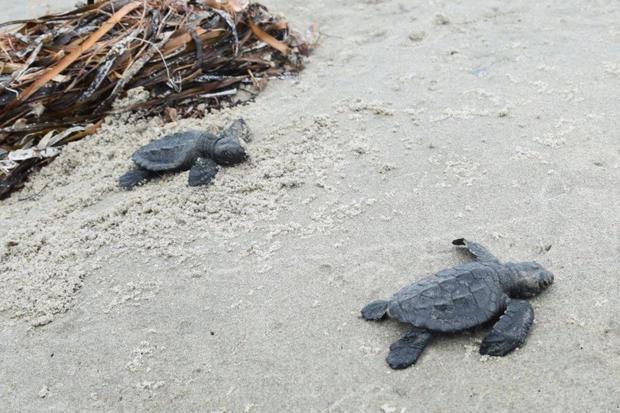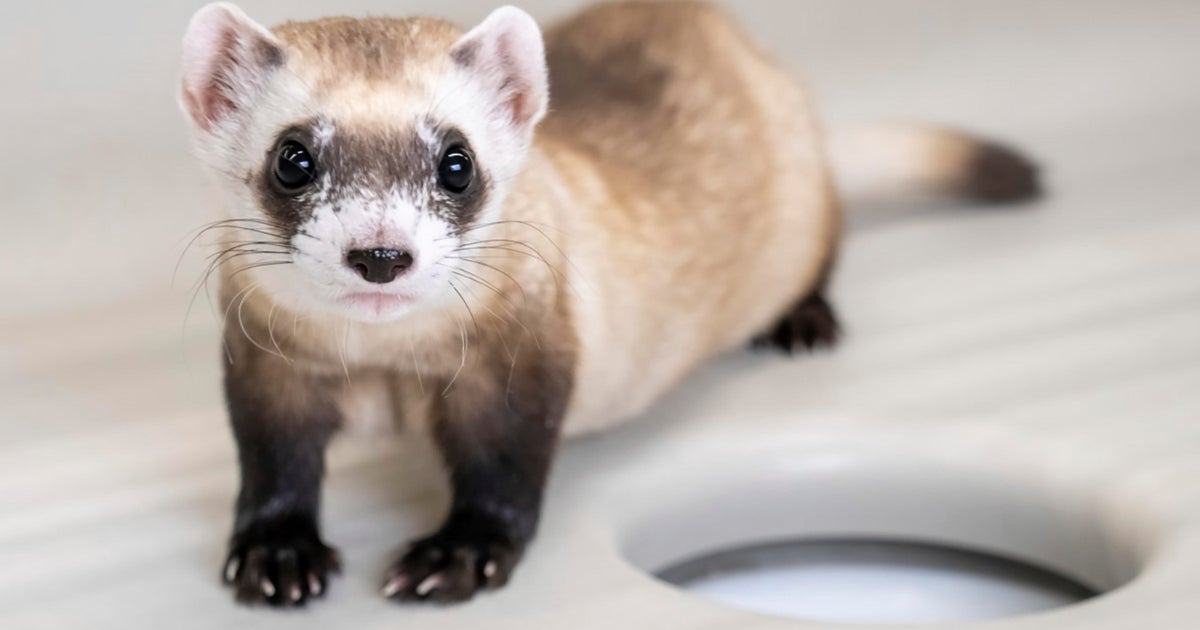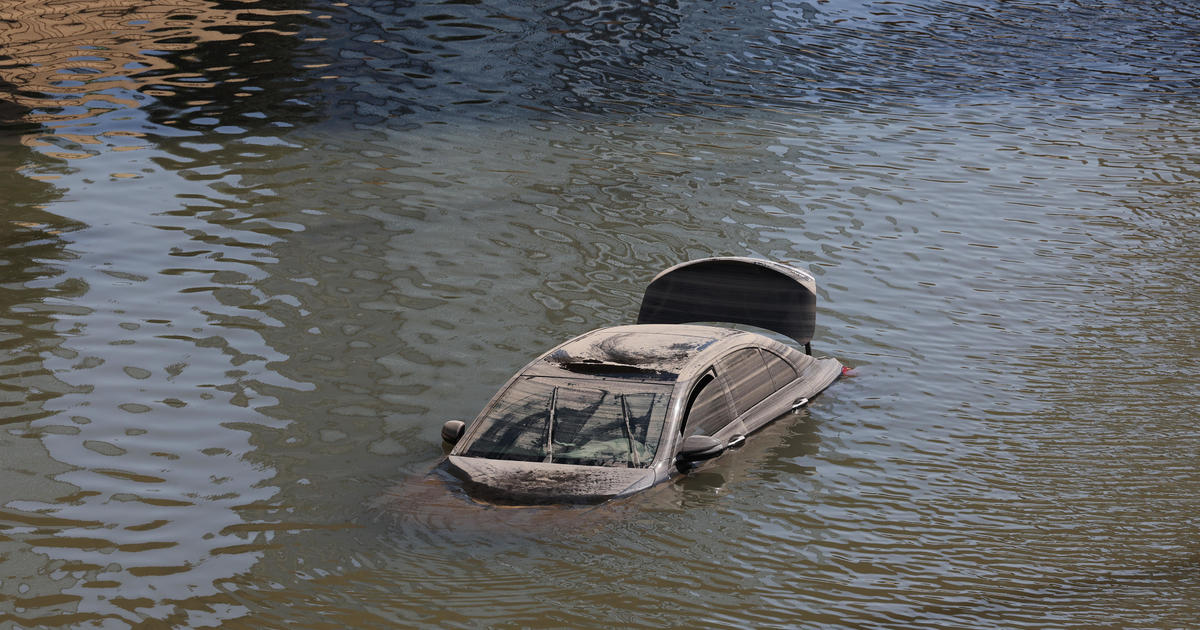World's smallest and most endangered sea turtle found nesting on Louisiana islands for first time in 75 years
Kemp's ridley sea turtles used to thrive in the Gulf of Mexico, but since the mid-1900s, populations have dwindled so much that they are now the world's most endangered sea turtle species. But now, a small chain of barrier islands off the coast of Louisiana is offering hope.
For the first time in 75 years, sea turtle hatchlings were found on the Chandeleur Islands, Lousiana's Coastal Protection and Restoration Authority announced on Wednesday. So far they have found more than 53 sea turtle crawls and two live hatchlings were seen heading to the water.
"It's an exciting discovery," CPRA executive director Bren Haase said. "And we hope to see additional hatchlings emerging in the weeks and years to come."
The department said that additional nests could be discovered in the coming weeks as sea turtle nesting season just finished peaking in July. Hatchlings usually emerge around two months after eggs are laid.
Kemp's ridley sea turtles are the world's smallest sea turtle species and have been listed as endangered in the U.S. since December 1970. The International Union for Conservation of Nature and Natural Resources has listed the species, which reside in the Gulf of Mexico, as critically endangered, meaning they are at "extremely high risk of extinction in the wild."
Officials found that loggerhead sea turtles, also listed as endangered by U.S. officials, have been nesting on the islands as well. Loggerheads were first found nesting in Lousiana's Grand isle in 2015, marking the first time in more than 30 years that sea turtles were nesting along the state's coast. Most of the species' nesting takes place in Mexico.
"Louisiana was largely written off as a nesting spot for sea turtles decades ago, but this determination demonstrates why barrier island restoration is so important," Chip Kline, chairman of the restoration authority said in a statement. "...Having this knowledge now allows us to make sure these turtles and other wildlife return to our shores year after year."
The agency said that the discovery will further help island conversation plans and ensure habitat preservation.
"The islands' value to the region has been elevated," Jack Montoucet, Louisiana Department of Wildlife and Fisheries secretary, said in a statement. "We are gaining a better understanding of the benefits this barrier island restoration may provide in the recovery of this endangered species across the Gulf of Mexico."
The restoration authority and wildlife officials have been closely monitoring the island chain this year to help develop a restoration project. Chandeleur Islands were devastated by the 2010 Deepwater Horizon oil spill and "numerous tropical weather systems over the years," the agency's announcement reads.
Kemp's ridley sea turtles saw a "devastating decline" between the late 1940s and mid-1980s, according to the National Oceanic and Atmospheric Administration. They saw a steady increase through 2009, but in 2010, the same year the Deepwater Horizon oil rig spilled about 134 million gallons of oil, that abruptly ended. The species has struggled with nesting ever since.
Today, the biggest threats to Kemp's ridleys are the turtles being accidentally caught in fishing gear, human and animal predators, coastal development eliminating space for nests, vessel strikes, ocean pollution and climate change.





